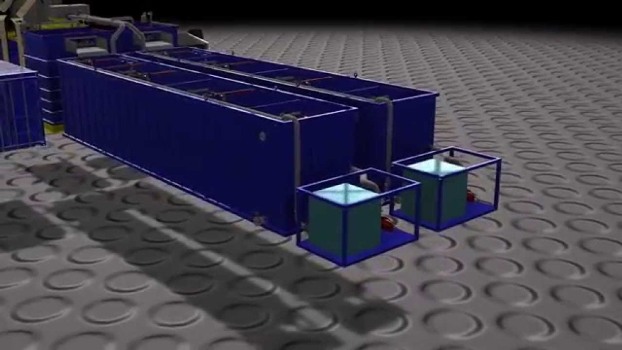The North American mobile water and wastewater treatment market is experiencing resurgence, with revenues forecast to reach $589.6 million in 2021 at a compound annual growth rate of 6.2 percent from 2016 to 2021.
Water reuse, growing environmental demands, adoption of membrane technologies, benefits of renting over purchase, and mobile equipment use during refurbishment are factors igniting growth and propelling demand.
However, stiff price competition, uncertainty in some industrial verticals, and reluctance to meet environmental obligations are elements subduing market development. Companies that focus on building close working relationships with membrane suppliers and offer value-add and cost-efficient services are positioned for growth, the research said.
The study analyzes drivers, restraints, revenues, verticals, water and wastewater treatment technologies, and competitive landscape for key market players such as GE Water & Process Technologies, Evoqua, MPW Industrial Services, Pall, Suez Environment, and Veolia Water Technologies.
“Mobile wastewater treatment, although a small segment of the market, sees strong growth due to broad trends in reuse, recycling of process water in industries, and higher demand for membrane technologies,” said Frost & Sullivan Energy & Environment senior industry analyst Seth Cutler.
“Companies should look toward key verticals such as pharmaceutical, petrochemical, and chemical as there will be growing opportunities to tackle wastewater needs,” Cutler said.
Several trends and developments drive growth in the mobile wastewater treatment market:
Service providers will move away from resin systems toward membrane technology for wastewater treatment because it offers better filtration.
Demand for mobile treatment for water purification—both process and potable—will be high. It accounted for 83.7 percent of revenues in 2016.
Environmental requirements in North America will boost demand for supplemental solutions as part of shutdowns and maintenance of fixed on-site treatment facilities.
Municipal segment will grow due to demands to improve the quality of potable water for smaller communities.
Greater emphasis on wastewater treatment and reuse of process purposes will fuel revenues in other segments such as pre- and post-treatment equipment by 2021.
Tighter environmental standards bolster the need for mobile treatment equipment to enhance existing treatment facilities or to provide treatment for the first time.
“Smaller suppliers of treatment systems will push to become nationwide market participants through the adoption of membrane and other technologies, and the development of more sophisticated and versatile trailer-mounted systems, particularly for wastewater treatment and recovery applications,” noted Cutler.
“These new systems and technologies will boost revenues as they do not limit geographic operations and enable access to places that are underdeveloped,” Cutler added.
editor@greentechlead.com

